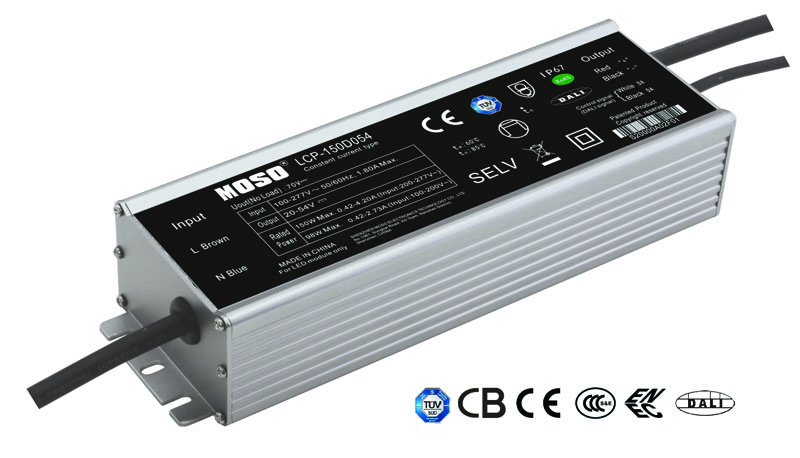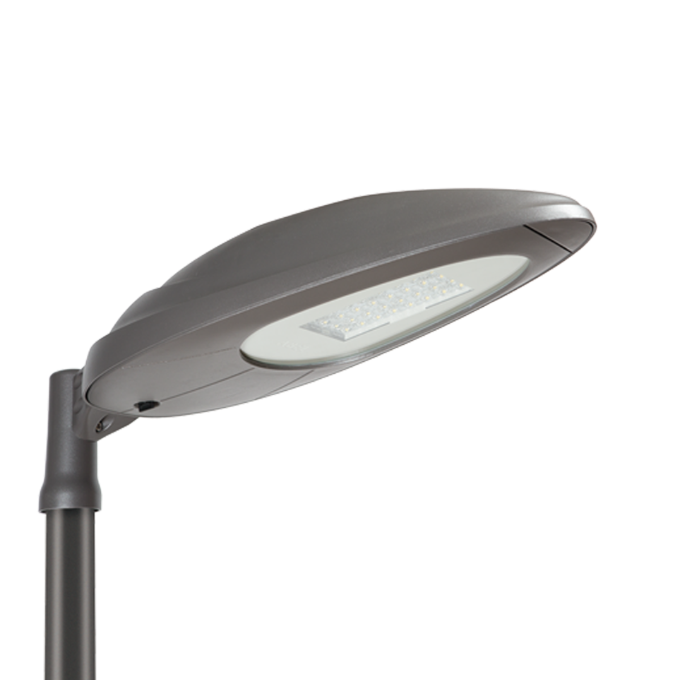For power-type white LED sources, luminous efficiency, single-light throughput, high reliability, high color rendering, and cost all determine its competitiveness in the lighting market. How to prepare a white LED with high luminous efficiency and high color rendering is a premise that LED can be widely used in general illumination. Currently, methods for preparing white LED can be divided into three types: red, green and blue (RGB). Multi-wafer combined white light technology, blue light wafer plus phosphor synthesis white light technology, MOCVA directly grows white light technology in multiple active areas. In comparison with several technologies, in addition to the white LED technology that directly grows the multi-source region of MOVCA, which is in the research and exploration stage. Although the RGB type LED has the advantages of high luminous efficiency and good color rendering, the performance of the three kinds of wafers causes color drift due to factors such as driving current or temperature, which affects stability. Because of the application of blue light wafer plus phosphor synthesis white LED in the field of illumination, how to improve luminous efficiency and color rendering index is the focus of this paper. First, the improvement of luminous efficiency and the selection and preparation of phosphors are the key Luminous efficiency is the ability of a light source to convert the energy consumed into vision. The main ways for general power type white LEDs to improve luminous efficiency are: 1) to improve the luminous efficiency of the wafer. 2> Effectively extract the light emitted from the wafer. 3> Efficiently extract the extracted light out of the LED tube. 4> The thermal resistance of the low LED. 5> Improve the excitation efficiency of the phosphor. A large number of experiments have shown that the phosphor selection and coating have a 10%-20% difference in luminous flux under the same other packaging conditions. Let us first understand the phosphor, the principle of luminescence, and then explore the selection and preparation of phosphors. 1. The phosphor consists of a host lattice (hostlattice 'H) and an activation center (activator 'coA), sometimes with a secondary activator or sensitizer. Body Lattice: The role of transmitting energy during the excitation process. For example: Y3AI5O12: Y3AI5O12 in Ce3+. Activation center: The host crystal lattice can be activated, for example, Ce3+ in Y3AI5O12:Ce3+. Principle of Luminescence of Phosphor: The phosphor is excited by a power-type GaN-based blue wafer as a pump source, and the generated excited electrons directly return to the electronic ground state in the form of light emission. Reasonable selection of phosphor particle size, specific gravity, morphology rules, luminance values, and excitation wavelength have a great influence on the luminous efficiency and color rendering of LEDs; the relationship between luminous efficiency and wavelength is that only two wavelengths are combined into white light. In this case, the highest efficiency is obtained at 450 nm and 580 nm. The three wavelengths select the wavelengths of 450nm, 540nm and 610nm, the highest efficiency is the largest particles, the light-emitting efficiency is good, the light-shielding is fast, the sedimentation is fast, and the package is not easy to be packaged; the medium-sized light-emitting efficiency is still good, and it is easy to be packaged; the nano-particles are not easy to be settled, and the package is easier to package. , but the luminous efficiency is low. Second, the control of color rendering of white LED light source in illumination Color rendering is the degree to which a light source renders the true color of an object. Both sunlight and halogen lamps radiate a continuous spectrum. In the range of visible light (380-780 nm), various color lights and color rendering indexes including red, orange, yellow, green, cyan, blue, and purple are set to Ra100. Using daylight as a standard light source, compared with the above-mentioned several types of artificial light sources, it is found that the halogen lamp has a continuous spectrum and shows better color rendering. The spectra of the other two light sources are not continuous, and the energy distribution is not balanced. difference. In order to improve the color rendering of the white light source synthesized by the blue light-emitting phosphor emitted by the LED, the spectrum must be adjusted to be continuous and balanced in visible light. Through our extensive experiments, we have found several ways to improve color rendering: for a color temperature range of about 6500K, to achieve a color rendering index of >80, we need to select the appropriate phosphor and excitation wavelength; in the blue LED, the YAG phosphor emits yellow-green light. On the basis of + red phosphor to compensate for the lack of red in the original spectrum, can improve the color rendering of such a source; preferably YAG phosphor, using the complementary spectrum of the emission spectrum of different phosphors, can also improve the light source Color rendering. summary LEDs have a place in the field of lighting, with unique advantages in decorative lighting, accent lighting, and atmosphere creation. In the future application, the advantages of LED should be grasped, and LED should be applied reasonably. At the same time, further research on key technologies can be used to further develop the application of LED in general lighting. As far as the needs of visual functions are concerned, the luminous flux, luminous efficiency and color rendering of LEDs currently need to be further improved in order to meet the application of large-area illumination. To this end, Lehman Optoelectronics is willing to work with its peers and LED research institutes to make LED light sources a positive and healthy light environment suitable for human habitation.
MOSO Class
II Programmable LED Driver supports 0-10V, PWM, timer step dimming or DALI control
from 75W to 320W. It can reprogram the output by a software or infrared controller. Class II outdoor Driver is IP67
waterproof, with build-in surge protection. It provides a Dim-to-off mode with
low standby power. MOSO Class II
Programmable power uses extruded-metal housing and fully glue-potted for
good dissipation.
MOSO developed Class II Programmable LED Driver series with special isolation
design for global market especially for the Europe. All Class II LED Drivers are certified with CCC, CE, TUV, ENEC and CB
standards.
MOSO has set several distributors in
Europe, United States, Latin America, Asia and Australia. All MOSO Class II Programmable power suppliers provide
5 years global warranty. In case of any failure, customers can get replacement
either from MOSO directly or any one of MOSO distributors.
MOSO always dedicates to providing
professional outdoor lighting solutions. Please feel free to contact our sales
team if you need any support!
Class II Programmable LED Driver Class II Programmable LED Driver,Class II Programmable Dimmable Driver,Dim-to-off Class II Programmable Driver,Class II Programmable Outdoor LED Driver Moso Electronics , http://www.mosoleddriver.com

